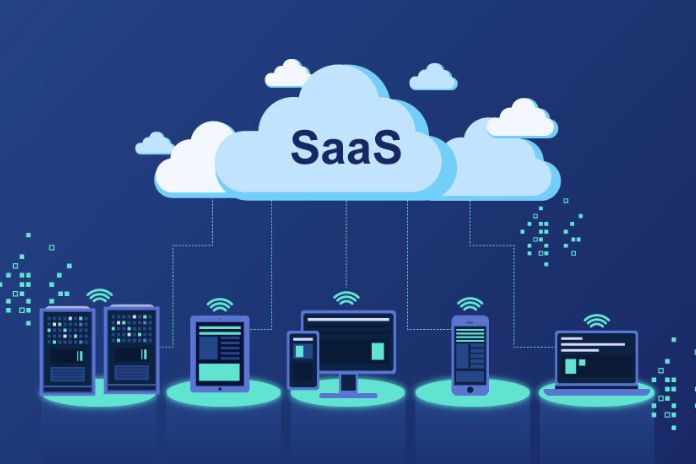Articles, news, and insights on software as a service: what it is, when it is best to use it, and what are the disadvantages and best practices. Software-as-a-Service (SaaS) is a software distribution model in which the application and any related services are run in a centralized environment, and users access them via the network, almost always via the Internet, and using a browser as an interface.
It is the model that is typically indicated today with the expression “cloud services” and is the evolution of the ASP (application service provider) model of the nineties. However, there are substantial differences:
- Almost always, in the SaaS model, the company that developed it provides the application and its services.
- The interface used is a browser.
- The architecture is multi -tenant, i.e., there is a single application that serves multiple users while keeping their respective data and operating environments separate.
The SaaS model is considered the winning one by all the leading software vendors, who have created “as a service” versions of their primary applications and provide them through a proprietary cloud infrastructure explicitly built or by relying on other cloud service providers.
Currently, the leading software houses active in the corporate world derive around 20 percent of their turnover linked to application software and related services from SaaS offers; within three to four years, most of them expect the two distribution models to become equivalent from a turnover point of view.
Software As A Service: Advantages
Several practical and economic advantages drive the cloud model. For the user, there is, above all, the advantage of not having to face a significant expense for the purchase of the software, its implementation, and its maintenance. SaaS software is used on a subscription basis and involves a lower and specific expense, even if it is recurring, and maintenance is performed directly by the software vendor.
For software houses, there is the advantage of having to manage and maintain only large cloud installations of applications, which can, therefore, be updated more regularly and with the certainty that all users (in the cloud) are always using the best version and have the same functions available.
More generally, one of the main advantages of SaaS applications is also that they are predominantly based on the standards and approaches of the web/cloud model, which in theory allows for their notable openness and possibility of integration with other modules, so much so that many software houses combine their SaaS applications with actual “app stores” of complementary third-party applications and services to purchase, activate, and connect to your own in just a few steps.
Furthermore, it should be kept in mind that SaaS software cloud environments are based on infrastructures that can increase the computing and storage power offered to customers according to their needs, even on a temporary peak and not on a regular basis.
Software As A Service: Disadvantages
The model obviously also has its disadvantages, or at least some critical issues that must be kept in mind. The main one lies in the management of company data, which in theory is located in the cloud provider’s data centers, and this can be judged as a risk to the privacy of information or even constitute a violation of the rules that companies operating in particular sectors must observe (PA, healthcare, defense, etc.).
For this reason, hybrid implementations are sometimes adopted in which the data remains within the company, even if the application logic is in the cloud or the localization of the data is forced into particular data centers in a specific territory. For example, companies may prefer or have to choose those located in EU countries. Other aspects to take into account are mainly:
- the possibilities of integrating SaaS services with internal applications that cannot or do not want to be moved to the cloud;
- How easy it is to change suppliers after a particular application has been adopted (vendor lock-in);
- The performance and reliability of the connections that connect the user with the servers that provide the application;
- The reliability of the supplier, which could be acquired, decides not to continue the development of our application or, more extreme, exit the market.
Also Read: Should New Start-Ups Implement A YouTube Channel

